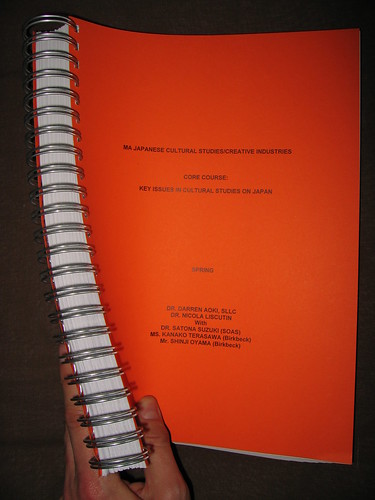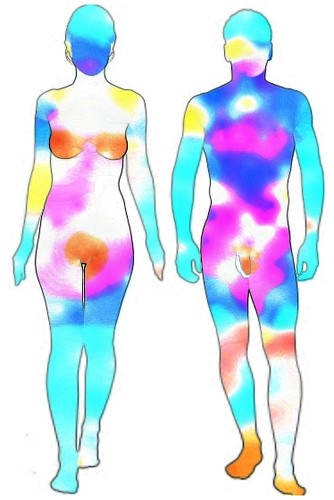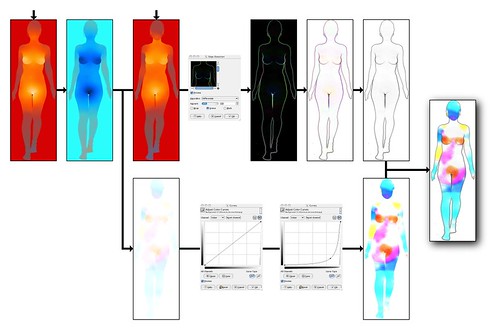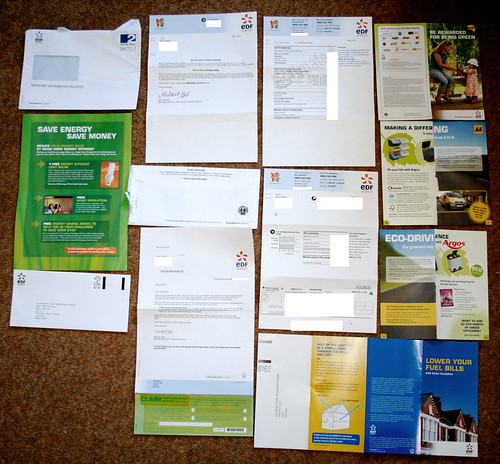About personal challenges
(The third and last installment of my controversial “Cuento agridulce de navidad” is sketched and coming soon. In the meantime, I need to share a thought now, before it vanishes from my Gruyère-shaped memory.) Yesterday officially marked the beginning of the spring term at University of London and all its colleges — among which mine, Birkbeck. Today I got a brand new teaching pack for the core course. During the next eleven weeks I'm supposed to read (and grok!) all this (and ideally should read much more)… in addition to roughly the same amount of reading for one of the optional modules.
…all the while attending classes, preparing a couple of short presentations, writing another two 3K- or 5K-word essays (and I haven't finished all my essays for the first term yet), starting to dive into specific readings for my final dissertation (due in September) and, when possible (hopefully!) attending some of the wonderful seminars and conferences that our department, the School of Languages, Linguistics and Culture has in the oven for this term. I forgot to mention that I also work full-time. Oh, and I'm addicted to the Internet. “Suicidal” is a word that comes to my mind often in these days. And here the thought. Because I risk sounding pretentious (once again), let me first say that with the grandiloquent term “personal challenges” I encompass all the human, worldly, modest enterprises that we pose ourselves throughout life. Unless you can find your own name in the pages of the encyclopaedias, your personal challenges most likely will fall within that vast array of propositions, projects and justifications that we use to invest our existence with some purpose. Your personal challenges are devoid of meaning but for yourself, often hardly noticed by anyone else, completely unknown to the cosmos. And yet, didn't you challenge yourself hardly enough, your life would not be a life but mere resistance. Every time I take up a new personal challenge (a difficult one, not one of the sort “this year I'll eat more vegetables”) I kind of say to myself that, once that's achieved, I'll relax, get a life, switch back from objects to people and become more “normal” (whatever that be). But that never happens; rather the opposite seems true. I feel like I've taken up quite a few personal challenges during the last three years. Some of them proved to be very difficult. At least they were to me. I have succeeded more than failed (or so I think). Annoyingly enough, I keep on cooking new personal challenges which, in my own little world, might well be the toughest to date. Will those be the most rewarding, too? Increasingly, I have the feeling that I'm spreading myself too thin. Does that happen to you? Where is the equilibrium? How do you decide whether a particular enterprise will make you happier or just waste your time? Does the mere fact that I'm reflecting on it and writing this into the wee small hours indicate that I'm damned beyond hope? Good morning.




